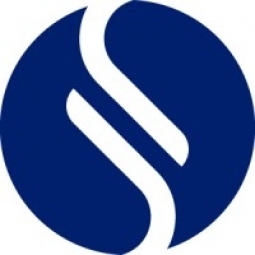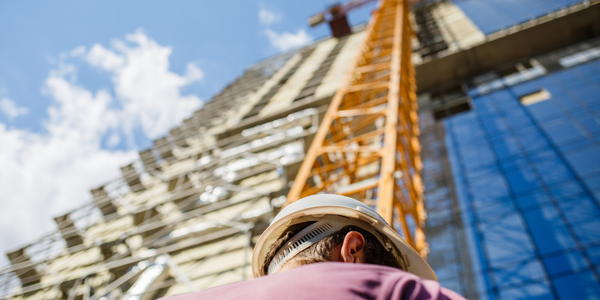Customer Company Size
Large Corporate
Region
- Europe
Country
- Italy
Product
- Mapei Construction Materials
- Sphera’s Life Cycle Assessment (LCA) Software
- GaBi Databases
Tech Stack
- Life Cycle Assessment (LCA) Software
- GaBi Databases
Implementation Scale
- Enterprise-wide Deployment
Impact Metrics
- Environmental Impact Reduction
- Cost Savings
- Productivity Improvements
Technology Category
- Analytics & Modeling - Digital Twin / Simulation
Applicable Industries
- Construction & Infrastructure
Applicable Functions
- Product Research & Development
- Quality Assurance
Use Cases
- Predictive Quality Analytics
- Regulatory Compliance Monitoring
Services
- Data Science Services
- System Integration
About The Customer
Mapei is a company founded in Milan in 1937. Today, it is the world leader in the production of adhesives and chemical products for the building industry. The company implemented its internationalization strategy in the 1960’s, which allowed it to be closer to regional markets and reduce transportation costs to a minimum. Mapei has always heavily invested in Research & Development (R&D), with most of its efforts focused on creating eco-sustainable products. To improve the environmental performance of their products and communicate it reliably and transparently to the market, Mapei decided to provide Environmental Product Declarations (EPDs) to the relevant stakeholders in their value chain.
The Challenge
Mapei, a leader in the production of adhesives and chemical products for the building industry, faced several challenges. They needed to provide environmental information in a reliable and transparent manner in response to market demands on products in relation to Environmental Product Declarations (EPDs). They also needed to assess the performance of products in the design phase, reduce costs associated with the development of EPDs, and create effective communication messaging for the supply chain and consumers.
The Solution
Mapei approached Sphera because of their deep expertise in conducting Life Cycle Assessments (LCAs) and their sector-specific insights. Sphera’s comprehensive industry-based LCA data and ongoing support made them a trusted and reliable partner. Considering Mapei’s need for confidentiality, the only way forward was to internalize the LCA competence. To date, Mapei uses LCA methodology to effectively measure product sustainability, integrate it into the R&D process and communicate it externally. The company responds in a timely manner to internal requests, for example, to comparison of design scenarios. The same is true for external requests, such as in producing certified EPDs in time for bids. Sphera’s LCA software and databases GaBi combined with Sustainability Consulting services help organizations drive product sustainability by informing data-driven decisions during design and planning, enabling product innovation and eco-design, providing access to high-quality, representative Life Cycle Inventory (LCI) data, and improving quality assurance and return on investment.
Operational Impact
Quantitative Benefit

Case Study missing?
Start adding your own!
Register with your work email and create a new case study profile for your business.
Related Case Studies.

Case Study
IoT System for Tunnel Construction
The Zenitaka Corporation ('Zenitaka') has two major business areas: its architectural business focuses on structures such as government buildings, office buildings, and commercial facilities, while its civil engineering business is targeted at structures such as tunnels, bridges and dams. Within these areas, there presented two issues that have always persisted in regard to the construction of mountain tunnels. These issues are 'improving safety" and "reducing energy consumption". Mountain tunnels construction requires a massive amount of electricity. This is because there are many kinds of electrical equipment being used day and night, including construction machinery, construction lighting, and ventilating fan. Despite this, the amount of power consumption is generally not tightly managed. In many cases, the exact amount of power consumption is only ascertained when the bill from the power company becomes available. Sometimes, corporations install demand-monitoring equipment to help curb the maximum power demanded. However, even in these cases, the devices only allow the total volume of power consumption to be ascertained, or they may issue warnings to prevent the contracted volume of power from being exceeded. In order to tackle the issue of reducing power consumption, it was first necessary to obtain an accurate breakdown of how much power was being used in each particular area. In other words, we needed to be able to visualize the amount of power being consumed. Safety, was also not being managed very rigorously. Even now, tunnel construction sites often use a 'name label' system for managing entry into the work site. Specifically, red labels with white reverse sides that bear the workers' names on both sides are displayed at the tunnel work site entrance. The workers themselves then flip the name label to the appropriate side when entering or exiting from the work site to indicate whether or not they are working inside the tunnel at any given time. If a worker forgets to flip his or her name label when entering or exiting from the tunnel, management cannot be performed effectively. In order to tackle the challenges mentioned above, Zenitaka decided to build a system that could improve the safety of tunnel construction as well as reduce the amount of power consumed. In other words, this new system would facilitate a clear picture of which workers were working in each location at the mountain tunnel construction site, as well as which processes were being carried out at those respective locations at any given time. The system would maintain the safety of all workers while also carefully controlling the electrical equipment to reduce unnecessary power consumption. Having decided on the concept, our next concern was whether there existed any kind of robust hardware that would not break down at the construction work site, that could move freely in response to changes in the working environment, and that could accurately detect workers and vehicles using radio frequency identification (RFID). Given that this system would involve many components that were new to Zenitaka, we decided to enlist the cooperation of E.I.Sol Co., Ltd. ('E.I.Sol') as our joint development partner, as they had provided us with a highly practical proposal.

Case Study
Splunk Partnership Ties Together Big Data & IoT Services
Splunk was faced with the need to meet emerging customer demands for interfacing IoT projects to its suite of services. The company required an IoT partner that would be able to easily and quickly integrate with its Splunk Enterprise platform, rather than allocating development resources and time to building out an IoT interface and application platform.
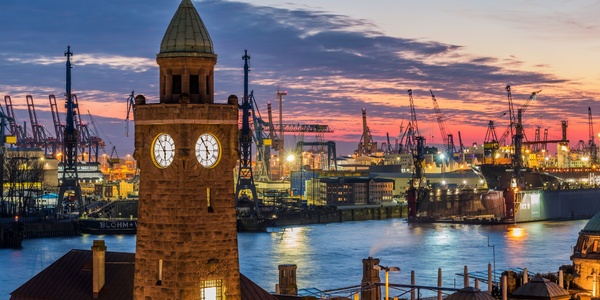
Case Study
Bridge monitoring in Hamburg Port
Kattwyk Bridge is used for both rail and road transport, and it has played an important role in the Port of Hamburg since 1973. However, the increasing pressure from traffic requires a monitoring solution. The goal of the project is to assess in real-time the bridge's status and dynamic responses to traffic and lift processes.
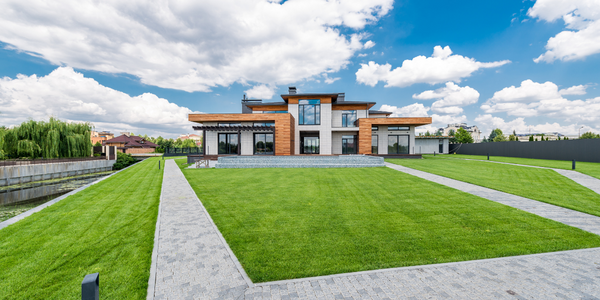
Case Study
Bellas Landscaping
Leading landscaping firm serving central Illinois streamlines operations with Samsara’s real-time fleet tracking solution: • 30+ vehicle fleet includes International Terrastar dump trucks and flatbeds, medium- and light-duty pickups from Ford and Chevrolet. Winter fleet includes of snow plows and salters.
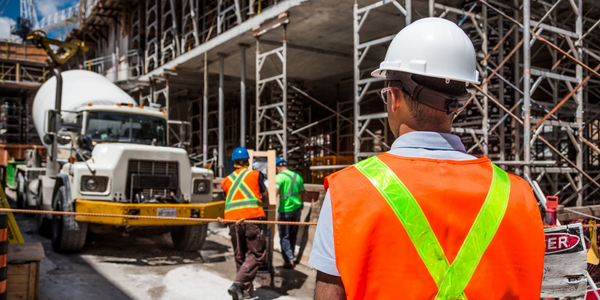
Case Study
Condition Based Monitoring for Industrial Systems
A large construction aggregate plant operates 10 high horsepower Secondary Crusher Drive Motors and associated conveyor belts, producing 600 tons of product per hour. All heavy equipment requires maintenance, but the aggregate producer’s costs were greatly magnified any time that the necessary maintenance was unplanned and unscheduled. The product must be supplied to the customers on a tight time schedule to fulfill contracts, avoid penalties, and prevent the loss of future business. Furthermore, a sudden failure in one of the drive motors would cause rock to pile up in unwanted locations, extending the downtime and increasing the costs.Clearly, preventative maintenance was preferable to unexpected failures. So, twice each year, the company brought in an outside vendor to attach sensors to the motors, do vibration studies, measure bearing temperatures and attempt to assess the health of the motors. But that wasn’t enough. Unexpected breakdowns continued to occur. The aggregate producer decided to upgrade to a Condition Based Monitoring (CBM) sensor system that could continually monitor the motors in real time, apply data analytics to detect changes in motor behavior before they developed into major problems, and alert maintenance staff via email or text, anywhere they happened to be.A wired sensor network would have been cost prohibitive. An aggregate plant has numerous heavy vehicles moving around, so any cabling would have to be protected. But the plant covers 400 acres, and the cable would have to be trenched to numerous locations. Cable wasn’t going to work. The aggregate producer needed a wireless solution.




